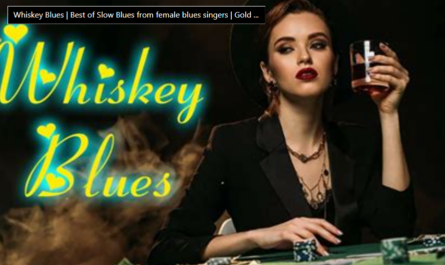.
Absinthe
.
Absinthe is a liquor made with wormwood (Artemisia absinthium). Absinthe is a deep green drink with a very bitter taste. Absinthe was very popular with 19th century intellectuals, poets and artists like Oscar Wilde and Vincent Van Gogh. Besides having a very high alcohol content (120 to 160 proof), Absinthe was also said to induce a dreamlike state, enhance creativity and facilitate artistic expression.
What is the history of Absinthe?
Absinthe in some form or another has been used for centuries. Ancient texts mention an early sort of Absinthe, wine soaked wormwood as a vermipurge. In the middle ages, it took on many uses, including superstitious claims that Absinthe warded off the plague. Modern Absinthe’s commercial origins date back to 1797, when Major Henri Dubied began marketing a bottled Absinthe in France which eventually came to be known as today’s familiar Pernod recipe. Originally a medicine, Pernod’s Absinthe began growing in popularity with the artists, writers and intellectuals of the day, attributing some of their finest works to absinthe’s creativity-enhancing effect. However, by 1905 a strong anti-Absinthe movement emerged, convinced of the danger Absinthe provided through a few well-publicized incidents of violence and atrocities committed by absinthe imbibers. By 1908, Switzerland was the first to ban it, by 1923, nearly every country worldwide had an Absinthe ban in place. These days, the Pernod brand continues to be sold but without any thujone in it, the chemical that gives Absinthe its special effects
What is the active ingredient in Absinthe?
One of the constituents of wormwood, thujone is considered the culprit of Absinthe’s «added effect». Naturally occurring in many plants and flowers, thujone is found in large amounts in wormwood. A-thujone has a structure very similar to THC (tetrahyrdacannaboid). This similarity has lead some to believe that the two substances work similarly upon the brain. New research indicates, however that thujone blocks GABA-A receptors in the brain which inhibit the firing of brain cells, once these receptors are blocked, the brain is free to fire at will. This is why despite the very high alcohol content, Absinthe drinkers report being clear headed, even after consuming amounts of alcohol that would usually put them into a stupor. The bulk, however of Absinthe’s effects is caused by the very high alcohol content.
What about those websites promoting «homemade Absinthe kits?»
Do-it-yourself Absinthe kits are gaining popularity, being sold on websites and on ebay. Many of these revolve around the use of essential oil of wormwood or harsh solvents. These are not absinthe. These are poison. Besides being a rather unpleasant, pale impersonation of real Absinthe, drinking essential oils is not a great way to get «high» but an excellent excuse to visit the emergency room. Pure essential oil of wormwood can cause renal failure and death due to the excessive amounts of thujone and neurotoxins found in it. We highly recommend that you do not purchase any of these homemade absinthe kits.
How do you serve Absinthe?
There are two popular methods for serving Absinthe, both require the use of an Absinthe spoon. This is a large spoon with open slots in it, allowing liquid to pass through. In a pinch, a large fork can work as well.
Method One: Louching
- Pour a shot of Absinthe into a glass, place spoon over the top and place sugar cube on spoon
- Slowly pour cold water over sugar cube, when the water hits the Absinthe, it releases oils that turn the drink a milky white.
- Be sure to be sitting down when drinking.
Method Two: Flame method
- Take a reasonably sized spoonful of sugar, or sugar cube and briefly dunk it in your glass of absinthe.
- Light Absinthe laced sugar on fire and hold over glass, the burning alcohol will melt the sugar into the glass.
- When the fire gets low, stir the remaining sugar into the Absinthe and drink.
Is Absinthe legal?
It really depends where you are. Currently, absinthe containing thujone for human consumption is illegal in some countries including Switzerland until 2004. In the United States, Absinthe is not a controlled substance but its sale in bars and liquor stores is banned. Absinthe is still however legal to purchase and possess in the United States. In most of the European Union, absinthe may be sold as long as it stays at 10 mg of thujone. In Canada, Absinthe is completely legal, and on sale in some liquor stores.
Is Absinthe safe?
The thujone content of all commercial Absinthes is low enough to cause no harm to the human body. Homemade Absinthe however can be potentially fatal. Be aware that although the thujone content of Absinthe may not be harmful, its high alcoholic content can be. As always, practice moderation when enjoying Absinthe.

